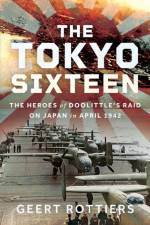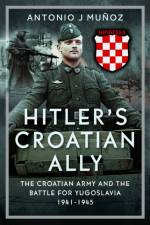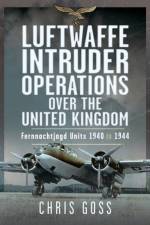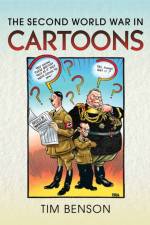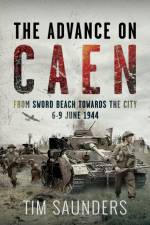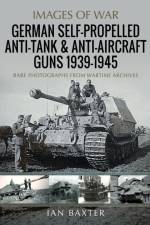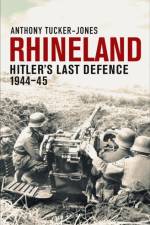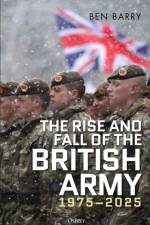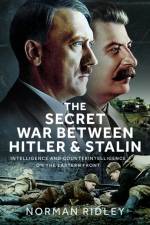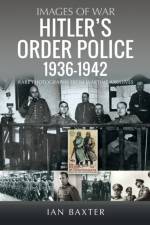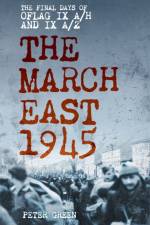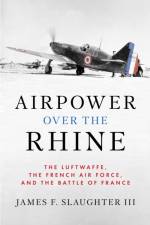av John V. Quarstein
347
This comprehensive biography details the life of Rear Admiral John Lorimer Worden, who commanded the ironclad USS Monitor during the 1862 Battle of Hampton Roads and went on to co-found the U.S. Naval Institute.Throughout his 52-year career, Rear Adm. John Lorimer Worden was always the right officer for the job. The epitome of an innovative commander who helped move the U.S. Navy out of the age of sail and into the era of ironclad technology, Worden’s contributions extended beyond the Battle of Hampton Roads and shaped the future of the Navy. He demonstrated exceptional leadership in both combat and peacetime. Worden immediately proved himself a capable choice for key assignments, leading a successful rescue mission and capturing a prize ship during the Mexican-American War. Three tours at the U.S. Naval Observatory established him as a scientific officer. After delivering secret dispatches in 1861 that kept Fort Pickens in Florida for the Union, Worden attempted to return to Washington, D.C., and was arrested by Confederate authorities, thus becoming the first prisoner of war during the Civil War. After six months in captivity, he returned to command the USS Monitor—the “little ship that saved the nation”—at the historic Battle of Hampton Roads. There, he faced the Confederate CSS Virginia in the first-ever clash of ironclads, suffering severe wounds while fighting the battle to a standstill. Upon recovery, he returned to command the USS Montauk, where his unparalleled expertise in ironclad design and combat tactics continued to set him apart. From testing ships in battle to overseeing the innovative production of ironclads at the Brooklyn Navy Yard, he consistently refined his craft. Confronted with multiple ship design failures, he relentlessly drove improvements, pushing the boundaries of naval technology and securing lasting progress in the development of modern warships. After the war, Worden became superintendent of the U.S. Naval Academy, where he trained the next generation of naval officers and co-founded the U.S. Naval Institute. His five-year tenure at the academy was not without controversy that tested his leadership. He deftly handled a nationally embarrassing hazing scandal, resulting in congressional authority for the superintendent to directly discipline and expel errant midshipmen. Worden also managed sensitive issues surrounding the appointment of the first African American midshipman and the first Japanese midshipman while he helmed the academy. Worden capped his career by ably serving as commander-in-chief of the European Squadron during a time of upheaval on that continent. Displaying courage, commitment, and diplomacy, Worden skillfully led U.S. European naval forces from 1875 to 1877. From Ironclads to Admiral’s thorough examination of Worden’s life and leadership emphasizes his strategic insights, innovative spirit, and dedication to service. Readers will uncover the profound impact of an officer of great achievement who inspired others to say, “Let Worden do it!”


